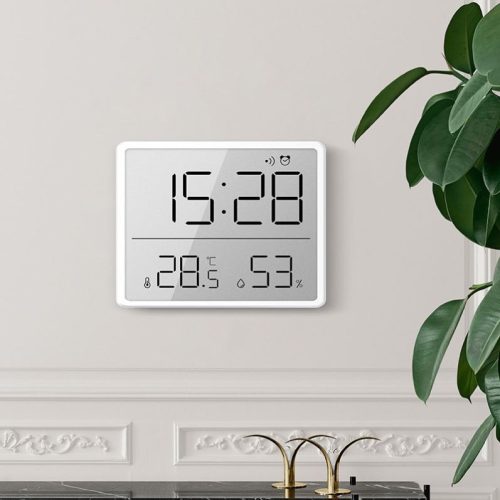Understanding the various types of thermometers involves knowing their principles of operation, applications, and advantages. Here are explanations of some common thermometer types:
- Mercury Thermometers:
- Principle: Mercury thermometers use the expansion of mercury in a capillary tube to measure temperature. As temperature increases, the mercury expands, causing it to rise in the calibrated tube, indicating the temperature.
- Applications: Previously used for various temperature measurements, including medical, household, and laboratory purposes. However, due to environmental concerns over mercury, their use has been largely phased out in many places.
- Advantages: They offer relatively accurate readings and have been historically used for a wide range of applications.
- Digital Thermometers:
- Principle: Digital thermometers use electronic sensors to measure temperature. They can employ various technologies, such as thermistors or thermocouples, to sense changes in temperature and display the readings digitally.
- Applications: Commonly used for medical purposes (oral, rectal, armpit), cooking, indoor and outdoor temperature measurements, and industrial applications.
- Advantages: Quick and easy-to-read results, often accurate, and available in various designs for different applications.
- Infrared Thermometers:
- Principle: Infrared thermometers measure temperature without making physical contact. They detect infrared energy emitted by an object and convert it into temperature readings.
- Applications: Used for measuring surface temperatures of objects, machinery, food, or even human body temperature (with non-contact forehead thermometers).
- Advantages: Fast readings, non-invasive, suitable for moving objects or situations where direct contact is not possible or desirable.
- Thermocouple Thermometers:
- Principle: Thermocouple thermometers use two different metals connected at one end to create a voltage that changes with temperature. This voltage change correlates with the temperature being measured.
- Applications: Widely used in industries due to their fast response time, wide temperature range, and durability. Common in industrial and scientific settings.
- Advantages: Quick response to temperature changes, suitable for high-temperature measurements.
- Thermistor Thermometers:
- Principle: Thermistor thermometers use a resistor made of ceramic or polymer whose resistance changes significantly with temperature variations.
- Applications: Found in various consumer electronics, medical devices, and industrial applications where high sensitivity to temperature changes is required.
- Advantages: High sensitivity, small size, and low cost compared to some other types of thermometers.
Understanding these thermometer types helps in selecting the most suitable one for specific applications based on accuracy, speed, environmental conditions, and ease of use.


